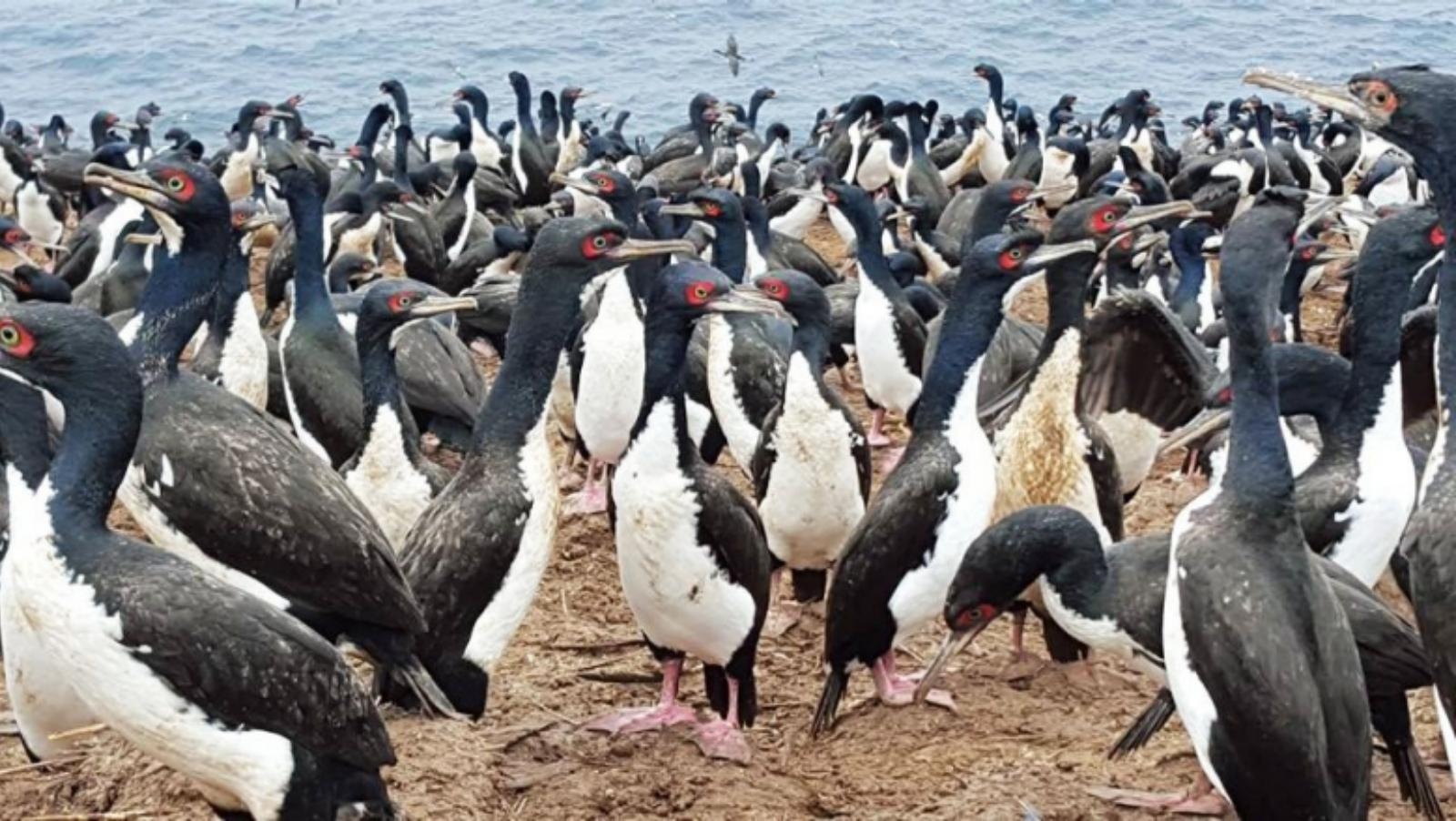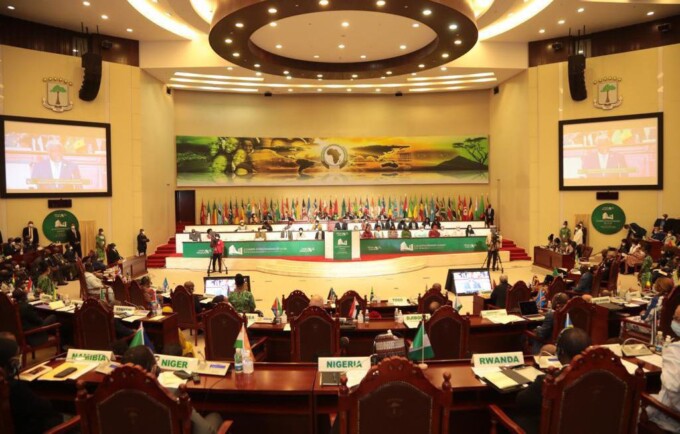Peru’s coastal regions are grappling with a significant ecological crisis as the population of guano-producing seabirds has declined by over 75% in the past three years. In 2022, approximately 4 million of these birds, including cormorants, boobies, and pelicans, inhabited the central Pacific coast. By mid-2025, their numbers have dwindled to around 500,000, raising alarms among scientists and environmentalists.
These seabirds play a crucial role in the local ecosystem and economy. Their excrement, known as guano, has been harvested for centuries as a valuable natural fertilizer, contributing significantly to Peru’s agricultural sector. The sharp decline in their population poses a threat to this industry and the broader environmental balance.
Several factors have been identified as contributing to this alarming decrease. An avian flu outbreak in 2022 led to the death of tens of thousands of birds, including penguins and sea lions. The following year, the El Niño weather phenomenon disrupted marine ecosystems, forcing birds to migrate and affecting their feeding habits. In 2024, overfishing of anchoveta, a primary food source for these seabirds, further depleted their populations.
The Punta San Juan reserve, located approximately 530 kilometers south of Lima, now hosts only 200,000 guano birds, 2,500 Humboldt penguins, and 11,000 sea lions. This stark reduction underscores the severity of the situation. Experts warn that without immediate conservation efforts, species like the Humboldt penguin could face extinction within a century.
The decline in seabird numbers has also impacted the guano fertilizer harvest, which is vital for the local farming industry. The last collection in 2024 was significantly lower than previous years, raising concerns about the sustainability of this activity. Peru’s Agriculture Ministry is reportedly developing a national plan for the repopulation of guano birds in collaboration with various conservation entities.
In April 2025, authorities permitted the largest anchoveta catch quota in seven years, citing larger populations. However, biologists argue that anchoveta populations are still insufficient to support both the fishing industry and the seabird populations that depend on them. The situation is further complicated by changing weather patterns and overfishing, which have led to dwindling food supplies for sea lions and penguins along the Pacific coasts of Peru and Chile.
The rapid decline in Peru’s guano-producing seabird population highlights the urgent need for comprehensive conservation strategies. Protecting these species is essential not only for maintaining biodiversity but also for preserving the economic benefits derived from guano harvesting. Without prompt and effective action, the ecological and economic repercussions could be profound and long-lasting.











Leave a comment